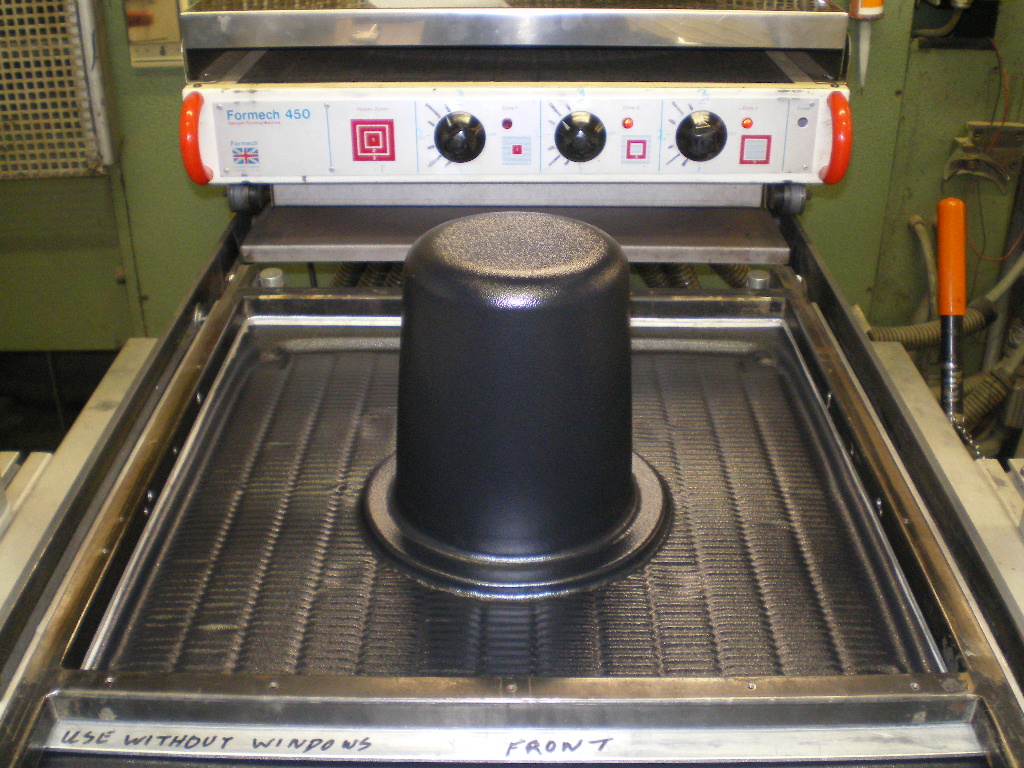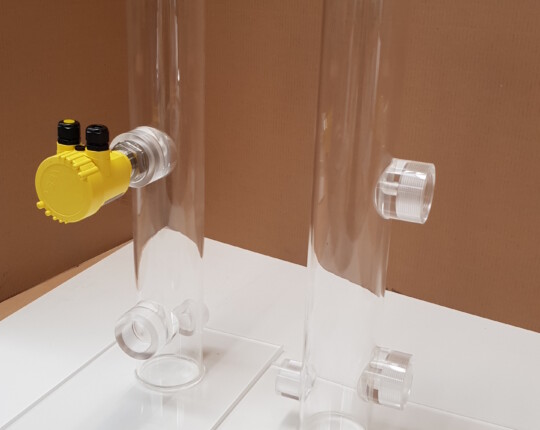Materials used in vacuum forming are usually thermoplastics. Almost all thermoplastics can be supplied in sheets and so can be vacuum formed. It’s also suitable for transparent materials such as acrylic, making it ideal in the aeronautical industry creating cabin windows and cockpit canopies.
Common plastics used in Vacuum Forming
HIPS – High Impact Polystyrene Sheeting
ABS – Acrylonitrile butadiene Styrene
PMMA – Acrylic
PE – Polyethylene
PETG – Polyester Copolymer
PS – Polystyrene
PC – Polycarbonate
PVC – Polyvinyl Choride
PP – Polypropylene
If you aren’t sure which plastic is the best type to use for your application then Bray Plastics can help. Our expertise means that we can advise you of the best material for the end product and for the mould to ensure a cost effective, quality production.
Recycled plastic can be used which is an environmentally friendly option. It’s usually quite adequate for most applications and cheaper than polycarbonate or carbon fibre.
Some plastics don’t form very well and these should be avoided. Bray Plastics can advise you which these are.
There are also a type of plastic called thermo-setting plastics. These once heated and solidified again can’t then be remelted. Bakelite is an example of this – it’s a liquid resin, can be heated, but then can’t be remelted and reformed once set.






